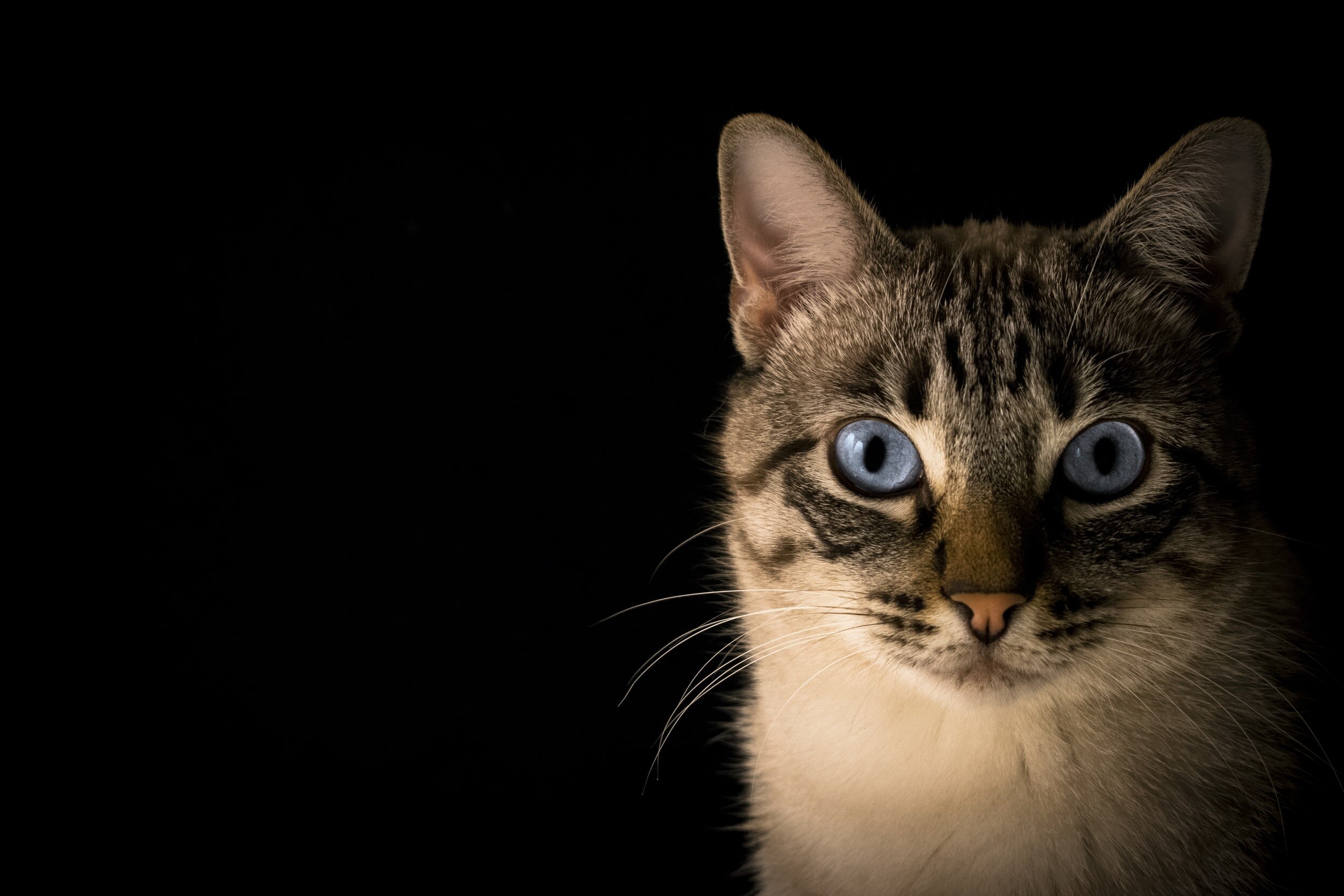Reading a cat’s face for pain: There’s an app for that
“I can see it in your eyes…”
Lionel Richie sang it, so it must be true. We can sense how other people feel by looking at their eyes. The same is true for a cat. Specifically, if cats are in pain, their eyes will narrow to about half their height, and there are other reliable changes in their face as well. So reliable, in fact, that there is a new app for identifying whether your cat is in pain based on a photo of their face.
Developing an app to identify painful expressions in animals is new, but characterizing emotions based on faces is not. Back in the 1970s, psychologists studying human facial expressions identified exact muscle activations that characterized many basic human facial expressions, including muscle activations associated with pain. Since that time, Facial Action Coding Systems have been developed to characterize how different muscles or muscle groups (called Action Units) change to reflect emotions have been developed for lots of species, including chimpanzees, horses, dogs, and cats.
Photo of black & white cat with green eyes, in front of light green background. Photo by Manja Vitolic on Unsplash
No cats were harmed in the identification of painful expressions.
I’m happy to say that no cats were harmed in the identification of these facial changes. Instead, researchers from the University of Montreal took videos of cats brought into a veterinary clinic both before and after they received pain killers for conditions such as pancreatitis and inflammatory bowel disease. By systematically documenting how cats’ facial action units changed from before pain management to after, the researchers could isolate how cats’ expressions changed when they were in pain.
The researchers took all the necessary steps to make sure that their data were not biased by their own impressions. People who coded the images were not aware of the cats’ pain status, and multiple people coded each image without consulting one another. All findings suggested that cat pain was revealed in cats’ facial expressions in predictable ways.
In painful cats, the researchers identified five changes.
Ear position: the tips of the ears were pulled apart and rotated outwards
Orbital tightening: the space between eyelids was less than half the height of the eyes (squinting)
Muzzle tension: the muzzle was flattened and stretched
Whiskers position: the whiskers were moved forward
Head position: the head was positioned below the shoulder line or tilted down
Cat with bright blue eyes in front of black background. Photo by Pacto Visual on Unsplash.
Want to try this at home?
This work was published in 2019, followed by additional work demonstrating that you didn’t have to be a scientist to use this scale to identify painful expressions. Recently, a company called Sylvester.AI released the Tably app which provides a “happy” or “not happy” rating for your cat, along with an indication of confidence in the result. The app is currently in a beta testing phase and is available for anyone to use. You can try it out by uploading photos right to the website, no need to download the app. FYI, the first cat pictured above was reported to be “happy” with 95% confidence.
If you do try out the app, know that it provides one piece of information about how your cat may be feeling, but the tool is in the early phases so consider the results along with your common sense. And, be sure to comment below and let us know what you find!
Learn more
Try out the app! Become a beta tester for the Tably app for cat owners.
Learn the FACS system for primates, dogs, cats or horses at the AnimalFACS site.
Read about FACS for human expressions - some history and the mechanics - here.
Look into some of the first animal FACS work, led by Bridget Waller at Nottingham Trent University.
Articles
Evangelista, M. C., Watanabe, R., Leung, V. S., Monteiro, B. P., O’Toole, E., Pang, D. S., & Steagall, P. V. (2019). Facial expressions of pain in cats: the development and validation of a Feline Grimace Scale. Scientific Reports, 9(1), 1-11. Link to article.
Evangelista, M. C., & Steagall, P. V. (2021). Agreement and reliability of the Feline Grimace Scale among cat owners, veterinarians, veterinary students and nurses. Scientific Reports, 11(1), 1-9. Link to article.

